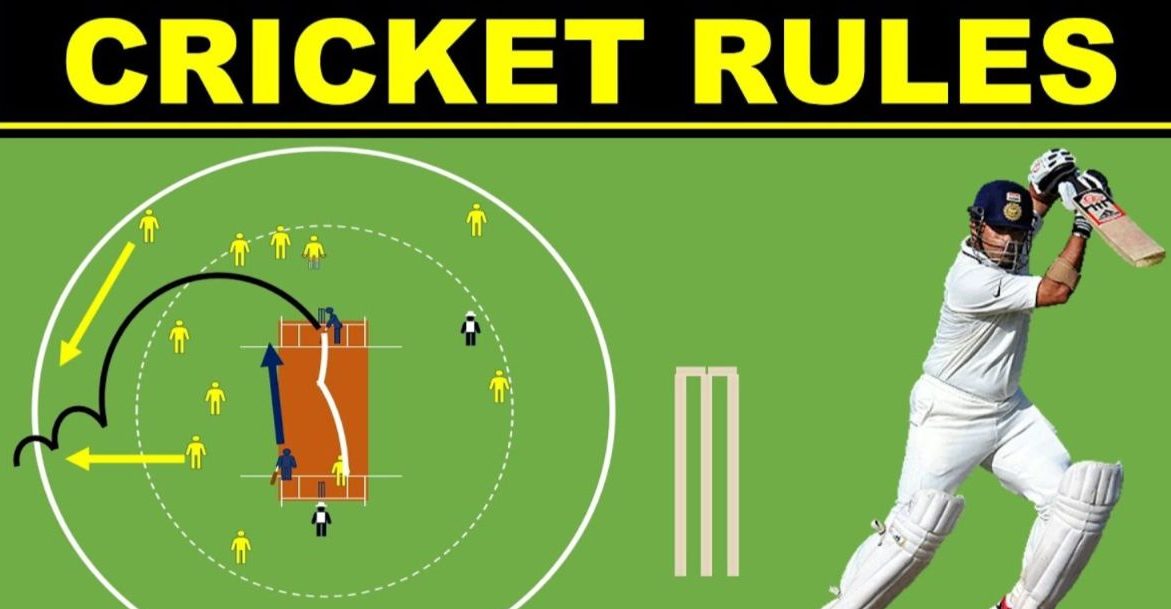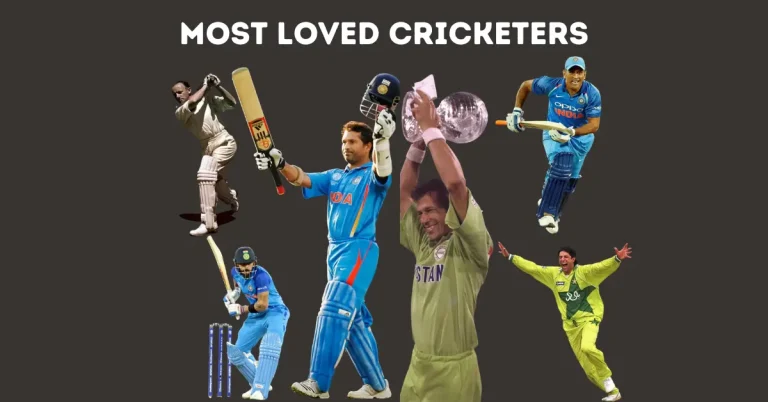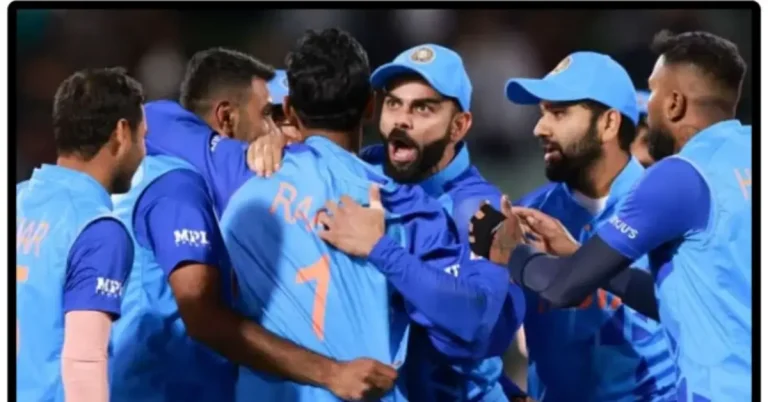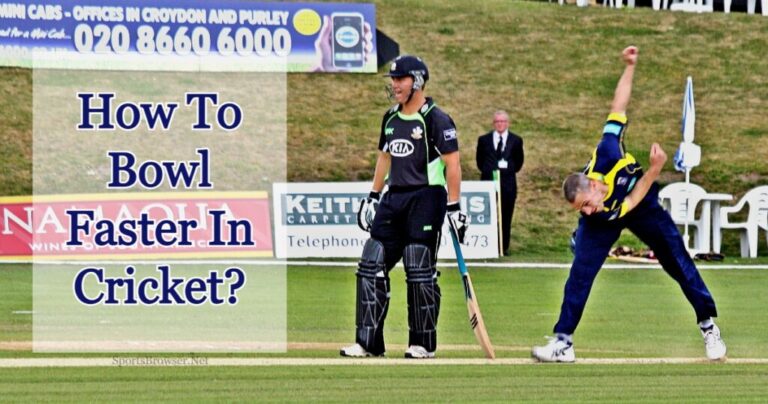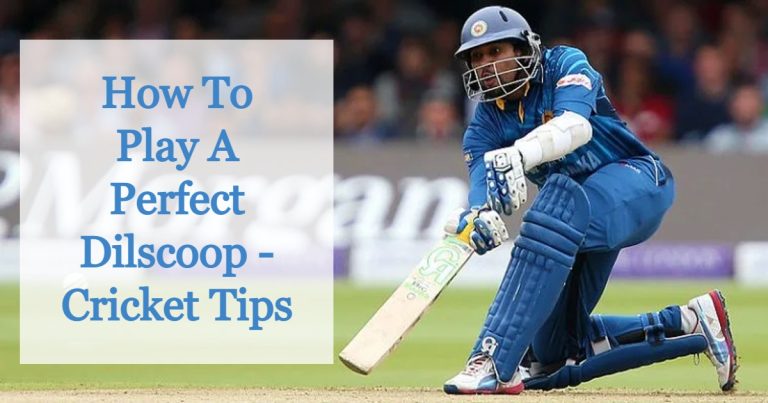15 Basic Rules For Beginners In Cricket-Sportsmonkie
Cricket’s rules and regulations, maintained by the ICC, ensure the sport is played fairly across the globe. These rules cover everything from player conduct and technology to game mechanics. The complexity of cricket’s rules can vary with the format—T20, ODIs, or Test matches. Key aspects include field size, equipment specs, player roles, scoring, and dismissal methods. Understanding these essentials is vital to the game.
Additionally, Cricket rules cover umpires’ roles, fair play, and the Decision Review System (DRS), which allows for technology-assisted reviews, making it an integral part of cricket rules. Furthermore, The ICC frequently evaluates and modifies these regulations to keep the game equitable and interesting for players and spectators while upholding the rules of cricket.
15 Rules of Cricket
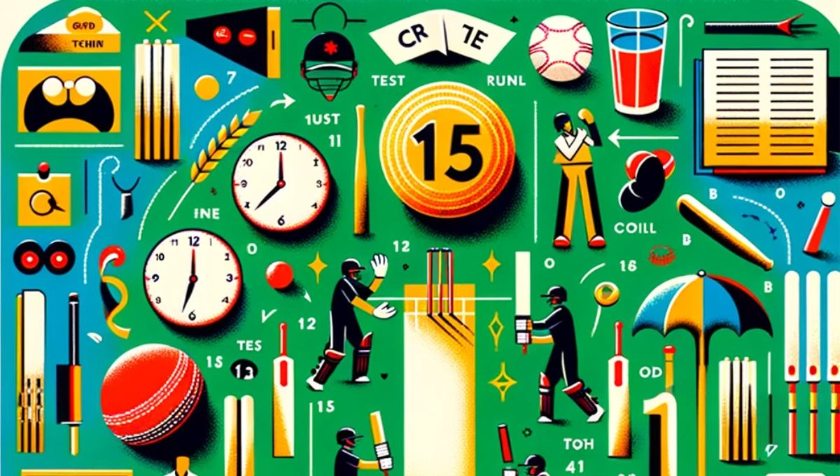
Here’s a brief explanation of each of these cricket rules:
1. The Objective of the Game:
- Initially, the primary objective in cricket is to score more runs than the opposing team.
- Subsequently, each team gets a chance to bat and bowl, and the team with the most runs at the end of the match emerges as the winner.
2. Players and Officials:

- Every cricket team has eleven players on it.
- A match official, a third umpire, and two on-field umpires are important officials. Their duties include upholding the regulations, selecting plays, and guaranteeing fair play
3. Match Structure:
- There are innings and overs in a match.
- The game format determines the number of innings and overs (Test, One-Day, T20).
4. The Playing Field:

- The cricket ground is oval, with a pitch that is 22 yards long in the middle.
- Moreover, Particular field markings, such as boundaries and lines, exist.
5. Batting and Scoring Runs:
- By hitting the ball and rushing to the other end of the pitch, batters attempt to score runs.
- Furthermore, extras like wides and no-balls can be used to score runs.
6. Game Equipment:

- In the game of cricket, players use a flat wooden bat and a leather ball.
- Additionally, Players wear protective gear like helmets, guards, gloves, and other equipment to ensure their safety during the game
7. Fielding and Catching:
- Firstly, fielders attempt run-outs, prevent runs, and catch balls to assist the bowler.
- Secondly, a clean catch is defined as one where the ball is caught without touching the ground.
8. Breaks and Intervals:
- In Test matches, players take breaks for lunch and tea; whereas in limited-overs versions, the officials refer to these breaks as innings breaks.
- So, Players can rest and plan during breaks.
9. Bowling and Dismissals:

- Bowlers use terms like “bowled,” “caught,” “leg before wicket (LBW),” “run out,” and “stumped” to try to get batters out (dismissed).
- Also, there is a cap on the number of overs that any bowler can bowl in an innings.
10. No Ball and Wide Ball:
- A “no ball” is called in cricket if the bowler delivers the ball illegally or oversteps the crease while delivering the ball.
- In such cases, If the bowler bowls the ball too high or wide for the batter to hit in a regular stance, they call it a ‘wide ball.’
11. The Wicket:

- Two horizontal bails and three vertical legs make up the wicket.
- The umpire cannot declare a batter out for being “bowled,” “stumped,” or “run out” until the bails are removed or until at least one stump is removed from the ground.
12. Extras and Penalties:
- The bowling side earns extras when they make errors such as wides or no-balls.
- In addition to Rules violations and misbehavior may result in penalties.
13. Umpires and Their Decisions:
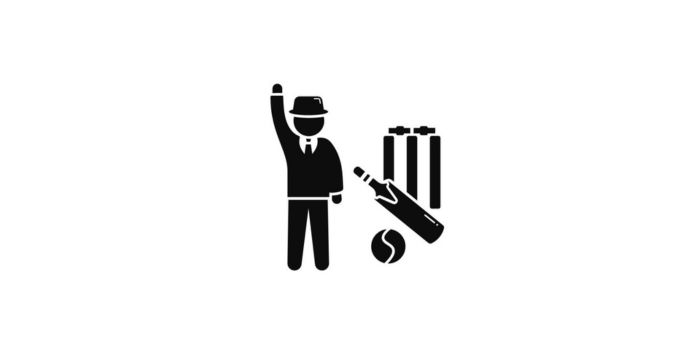
- Umpires decide dismissals, wide balls, no-balls, and other game-related decisions.
- Generally, Teams can use technology, such as the Decision Review System (DRS), to review the decisions made by the umpire under specific circumstances.
14. The Spirit of the Game:
- Cricket values fair play, sportsmanship, and respect.
- The umpire expects players to follow the rules of the game and accept their decisions.
15. Amendments and Disputes:
- Here, The International Cricket Council (ICC), the game’s regulating body, has the authority to change the regulations.
- The match referee handles disciplinary matters, and the on-field umpires settle disputes during play.
Related Post:
What Is No-Ball In Cricket? Types, Rules, And Consequences
Final Thoughts:
Last but not least, “The 15 Rules of Cricket” covers fundamental aspects of the game. They include field dimensions, player responsibilities, scoring methods, and out calculations. These rules guide the game in different scenarios, such as when a ball is “dead,” how an inning is played, and when to use technology. The guidelines maintain the game’s integrity and spirit, promote sportsmanship, and provide a consistent platform for cricket worldwide.
FAQ’s:
Law 40.1 allows for “Timed Out” dismissal when two wickets fall between consecutive balls, but not in a single delivery.
If the batsman intentionally touches the ball with one or both hands that are not holding the bat while playing a delivery, the umpire may give them out for handling the ball. However, the only exception to the rule was that the batsman could touch the ball to avoid injury.
A double bat out is called when a batsman intentionally hits the ball twice, as opposed to when the ball contacts his bat twice.
Yes, The batsman can indeed score five runs by sprinting five times across the pitch with the non-striker following a ball struck when the overthrow reaches the boundary after running across the pitch once.
The scoreboard’s P stands for Powerplay. P1: The rule states that teams are allowed to have a maximum of two fielders beyond the 30-yard line in the first ten overs of an innings. Next, P2: Four fielders at most may be outside the 30-yard line between overs 11 and 40.

